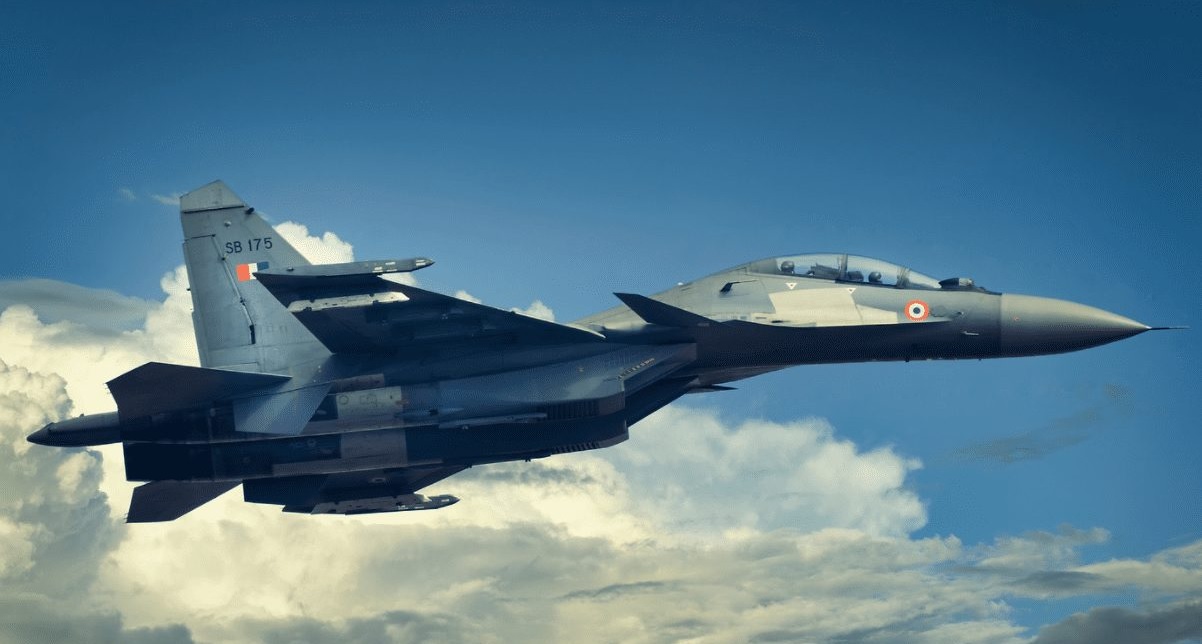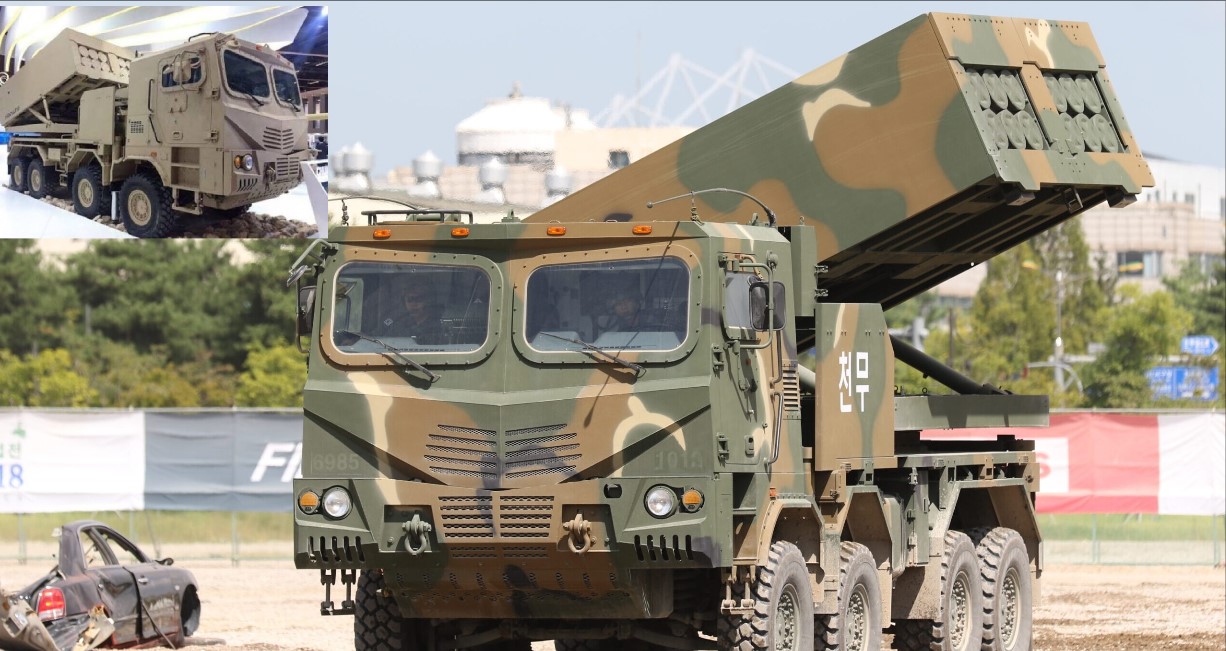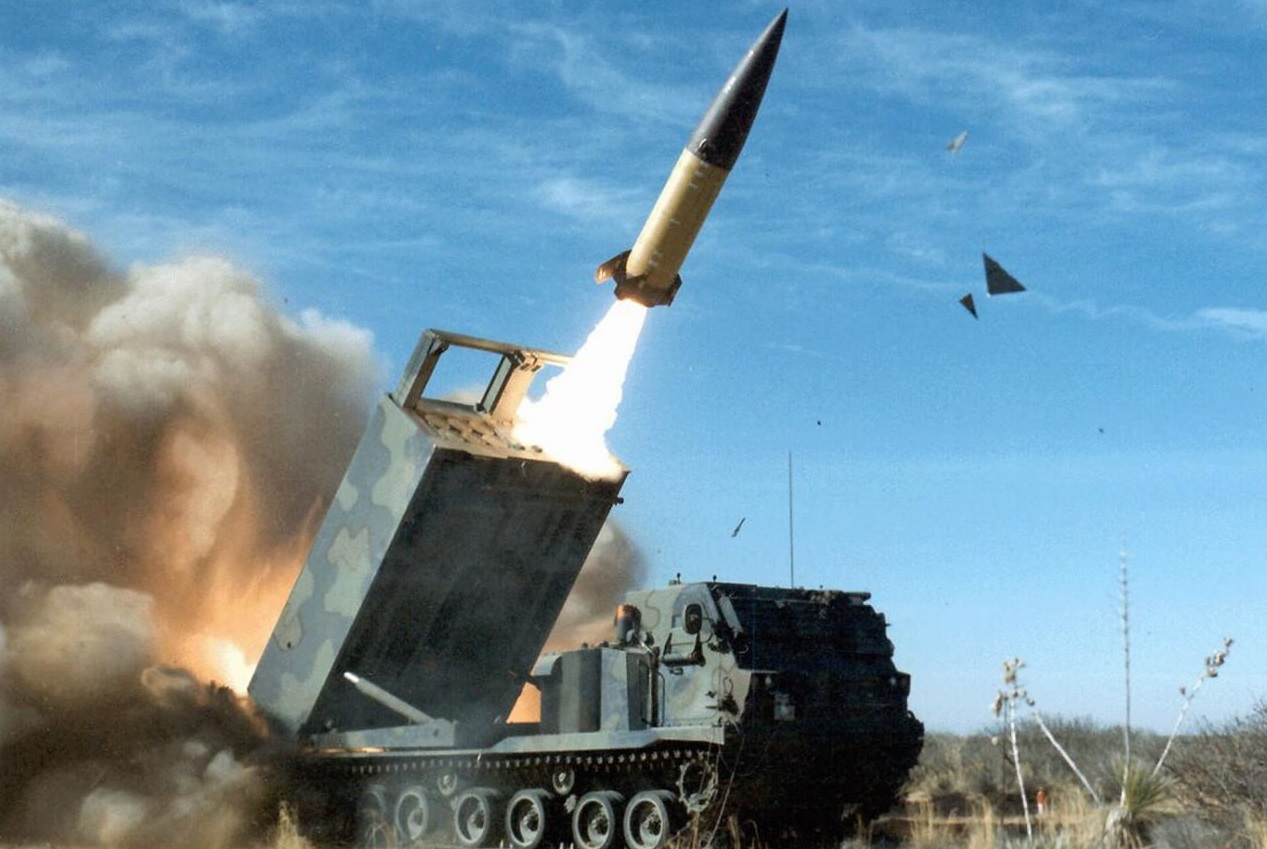China's J-15D EW Fighter Unveiled: Will India Finally Act on its Su-30MKI Upgrade?

The Zhuhai Airshow 2024 marked a turning point in China's aerial combat strategy with the debut of the J-15D electronic warfare (EW) fighter jet. This new platform underscores China's focus on dominating the electronic battlefield, a key factor in modern warfare where electromagnetic supremacy can decide the outcome of conflicts. For India, this development reignites questions about its delayed plans to upgrade the Su-30MKI into a robust EW platform.
A Closer Look at the J-15D
The J-15D, derived from China's J-15 carrier-based fighter jet, represents a significant step forward for the People's Liberation Army Navy (PLAN). Built by Shenyang Aircraft Corporation, the J-15D is tailored for electronic attack missions. It features advanced jamming pods mounted under its wings, capable of disrupting enemy radars, communications, and missile guidance systems.
Notably, the J-15D’s avionics suite and internal wiring have been optimized for EW tasks, and the aircraft reportedly integrates an active electronically scanned array (AESA) radar. While it draws visual and structural similarities to the J-15, the J-15D eliminates the internal 30mm cannon to make room for its EW equipment. With this, the J-15D inches closer to the U.S. Navy’s EA-18G Growler, widely regarded as the gold standard for EW fighter jets.
India's Stalled "Desi Growler"
While China flexes its EW capabilities, India continues to lag in this critical domain. The Indian Air Force (IAF) has long envisioned an EW variant of the Su-30MKI—one of its most versatile and capable fighter jets. However, bureaucratic inertia, funding limitations, and delayed decision-making have stalled progress on this vital project.
India's proposed EW Su-30MKI, colloquially referred to as the "Desi Growler," could carry an array of indigenous systems, including DRDO-developed jamming pods and radar warning receivers. Equipped with an AESA radar and systems like the DARE-developed "Tarang" radar warning suite, such a platform could neutralize advanced enemy air defense systems while supporting strike missions deep into contested territories.
The Su-30MKI has the payload capacity and endurance to accommodate the additional equipment required for an EW role. However, the absence of a clear roadmap has hindered its evolution into a multi-role electronic attack platform.
Strategic Implications
The J-15D’s unveiling is a wake-up call for India. As China narrows the gap with Western powers like the United States in EW technology, India's failure to prioritize similar advancements risks leaving its air force at a disadvantage in a region dominated by dense air defense networks. The Su-30MKI’s potential as an EW fighter is vast, but unlocking it requires urgent action.
A dedicated EW platform would not only enhance the IAF's ability to operate in contested airspaces but also align with India's broader objectives of indigenization and strategic autonomy. By fast-tracking the "Desi Growler," India could reduce its dependence on foreign systems and reinforce its regional military posture.
Conclusion
The debut of the J-15D demonstrates China's rapid strides in naval and electronic warfare. For India, the writing is on the wall. To remain competitive in the evolving landscape of aerial combat, it must bridge its EW capability gap by transforming the Su-30MKI into a cutting-edge EW platform. The longer India delays, the wider the gap grows—a reality it cannot afford in an era defined by electronic dominance.


